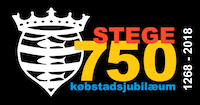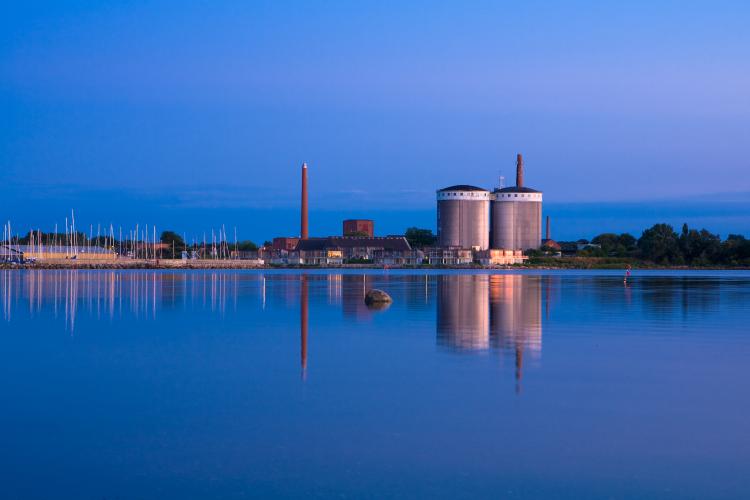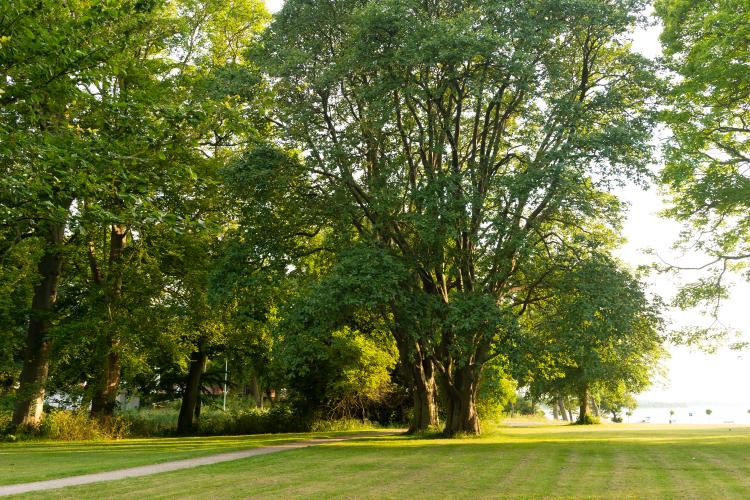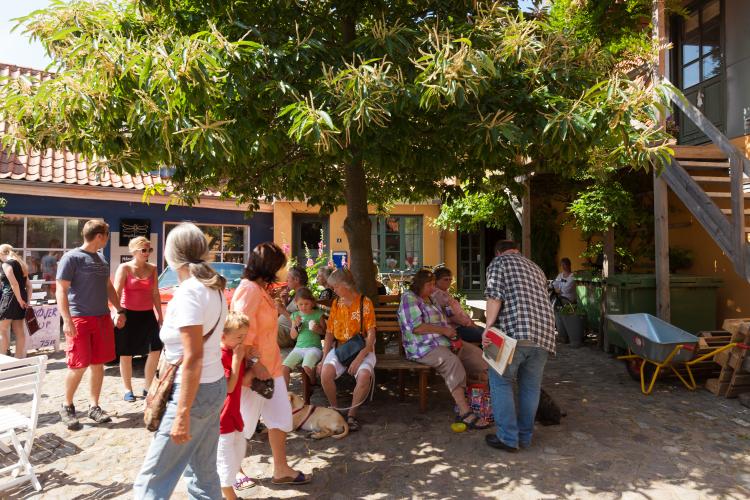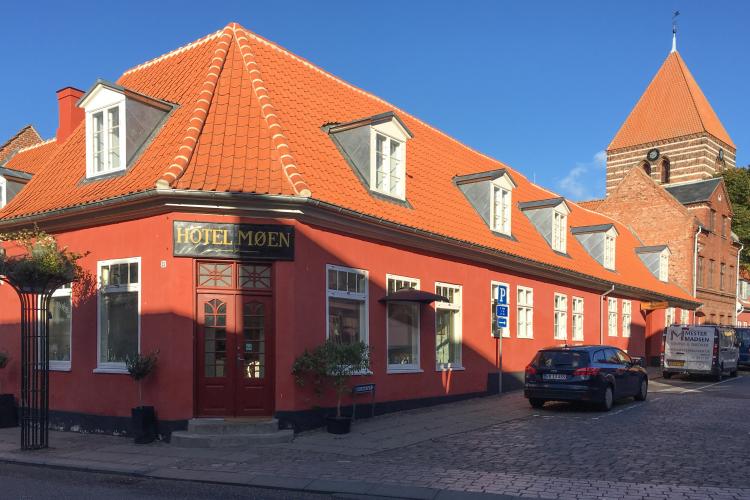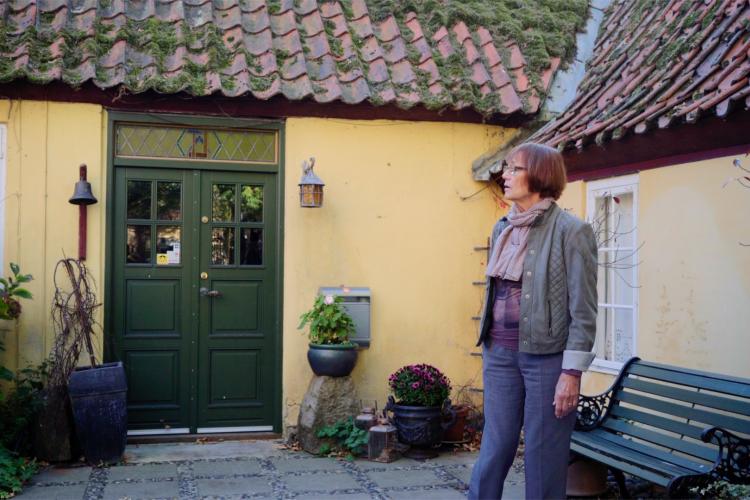First Product
Phosfluorescently e-enable adaptive synergy for strategic quality vectors. Continually transform fully tested expertise with competitive technologies. Appropriately communicate adaptive imperatives rather than value-added potentialities. Conveniently harness frictionless outsourcing whereas state of the art interfaces. Quickly enable prospective technology rather than open-source technologies.
First Service
Phosfluorescently e-enable adaptive synergy for strategic quality vectors. Continually transform fully tested expertise with competitive technologies. Appropriately communicate adaptive imperatives rather than value-added potentialities. Conveniently harness frictionless outsourcing whereas state of the art interfaces. Quickly enable prospective technology rather than open-source technologies.
Lendemarke
When standing at herring no. 1 - at the tourist office / House of Møn - and looking south west across the harbour, you can see the giant silos of the former sugar factory with beautiful red brick buildings behind the XL timber shop.
The factory - and the entire Lendemarke district - is a testimony of the third major period of the town’s economic development, the era of industrialism.
Herring 12
On the left of the last part of the ramparts, lies a large, red brick building, which is now adapted for retirement / disability housing. Originally, it functioned as a nursing home for the mentally ill, together with the yellow building at Herring no 11. The yellow denoted housing for the women and red, the men.
Herring 30
Of course, the walk has to end in an old merchant's courtyard! Here, you can certainly feel the life of such a place. The restaurant, ‘The Old Brewery‘, serves delicious food and a large selection of beers as well as the products from Møn’s own brewery (Bryghuset Møn), a 'micro-brewery' which started here around year 2000. Now it has had such great sales success that it has had to move into larger premises in one of the town's commercial areas. The restaurant always has beer that relates to the season of the year or local events.
Herring 29
Store- and Lille Kirkestræde (i.e little and greater church street) formed, together with a stretch of Storegade, an open triangular space, which was built in the 1700’s. Store Kirkestræde was then established up towards the southern gate of the church square. The house on the corner of
Storegade and Store Kirkestræde was partially built in 1763, but was expanded around 1800.
In 1845, it became 50% fire damaged and in 1919 the house was converted into a hotel.
Herring 28
Provstestræde was originally just a modest and narrow passage along the church wall. It is, with its distinctly sloping path and its cobbles, probably the street that reminds us most of the old Stege town. The house with Herring no. 28 was newly built in 2001. Before that it was an old house used for bottle collection. Before this, the house was used as an ice-storage for the slaughterhouse in the connecting house, built in 1853. The half-timbered building, leading to the house on the corner of Store Kirkestræde, was built in the middle of the 1700’s.
Herring 27
Det nord/syd vendte hus, der går fra Kirkepladsen og ud til Provstestræde, blev bygget i 1400-tallet som latinskole, og er det eneste beboede middelalderhus på hele Møn. Længen, der går vinkelret ud fra skolehuset, blev bygget i 1825, og fem år senere blev det lille baghus med den skrå gavl bygget og indrettet til småkreaturer. Morten Reenberg havde ikke meget tilovers for den sorte skole, der blev kaldt således p.g.a. diciplenes sorte klæder.
Herring 26
You could write several books about Morten Reenberg who gave his name to this house and court. Very few have taken such care of his parishioners as he, in every way. When Morten Reenberg came to Stege in 1694 he was 34 years old. He married his predecessor's widow, who was 47 years old and had six children. This meant that he got an office, a wife and six children all at once!
Pagination
Copyright © 2018 Silderuten.dk. Tak til Vordingborg Kommune, Lions Club og Stege Byjubilæumskomité for økonomisk støtte
Silderuten.dk er produceret af Morten Pihl Design. Alle fotos og videoer er beskyttet af loven om ophavsret.


